

What Makes Time Out For Termites Unique?
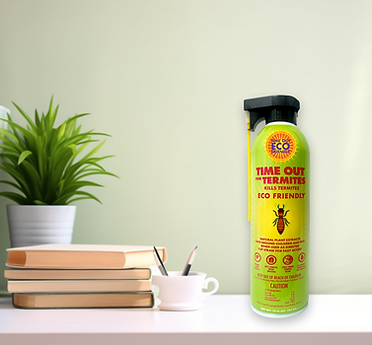
Effective Elimination
Kills wet and dry termites. Study supported efficacy. High level of active ingredient. Use residentially or commercially.

Safe For Use Around Children & Pets*
Our sprays are made with friendly ingredients that you can feel good about.

Naturally-Inspired
The ingredients in Time Out Spray are inspired by plants' natural defense against
wet and dry termites.
When used as directed*
Where To Use Time Out For Termite Spray?
Use in any room, well ventilated areas, do not use on fabrics *
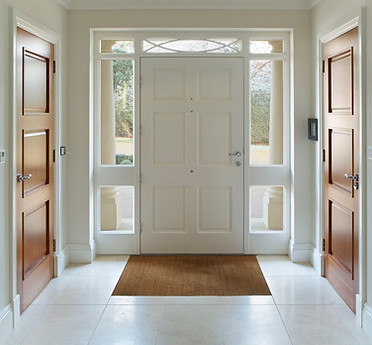
Doorways
Kill dry and wet termites where they enter.
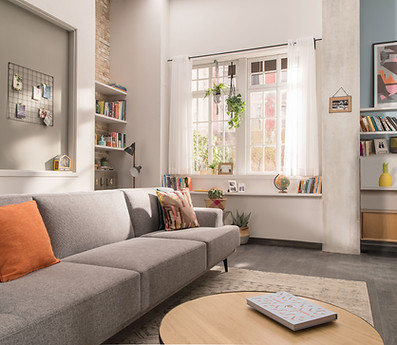
Living Spaces
Use at the first sign of dry and/or wet termites.
*Use as directed.
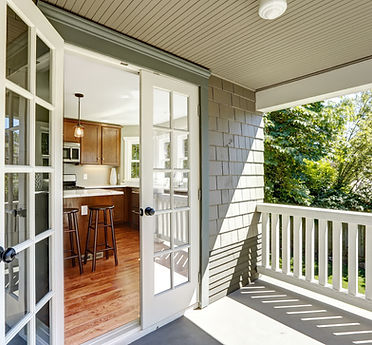
Porches, Decks & Patios
Sit back and relax on your porch and keep the termites from bugging you.
When used as directed*
Different Types Of Termites
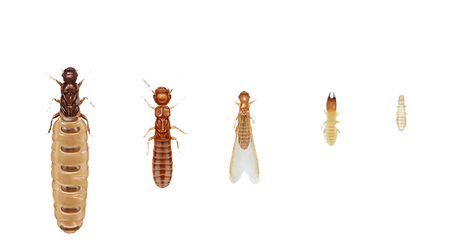
Drywood Termite
Drywood termites are sneaky little insects that like to hang out in dry wood instead of in the ground or damp wood, which is where most other termites prefer to be. Drywood termites thrive in dry, hardwood materials. Unlike subterranean termites, they don’t need contact with soil, so they often infest furniture, framing, and other wooden structures in homes.
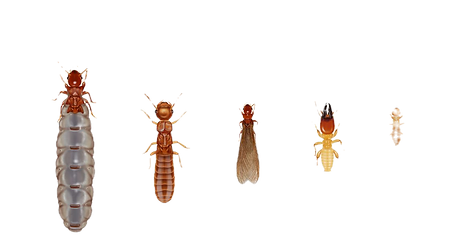
Dampwood Termite
Dampwood termites are a unique type of termite that need more humidity and access to water compared to drywood termites. Unlike subterranean termites, they don’t search for food in the soil. They typically prefer to live in decaying or damp wood, such as logs, stumps, and wood that’s been exposed to moisture. This makes them common in areas with leaks, like basements or bathrooms, or in places where wood is in contact with water, like wooden structures close to the ground.

Subterranean Termite
The most common species of termites in the US is subterranean termites. Earlier, we mentioned that they are responsible for 80-95% of all termite damage (this includes both Eastern and Formosan subterranean termites). This is partly because a well-established colony can have thousands to millions of termites – one colony can cover one acre under a home or multiple homes. Subterranean termites are highly organized social insects that live in large colonies underground. Their behavior is fascinating and built around their need for moisture and food.



